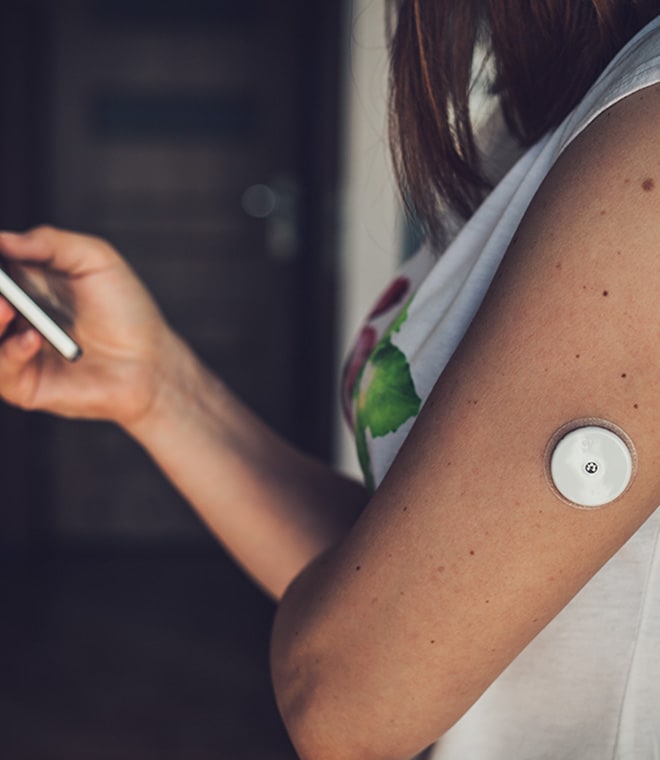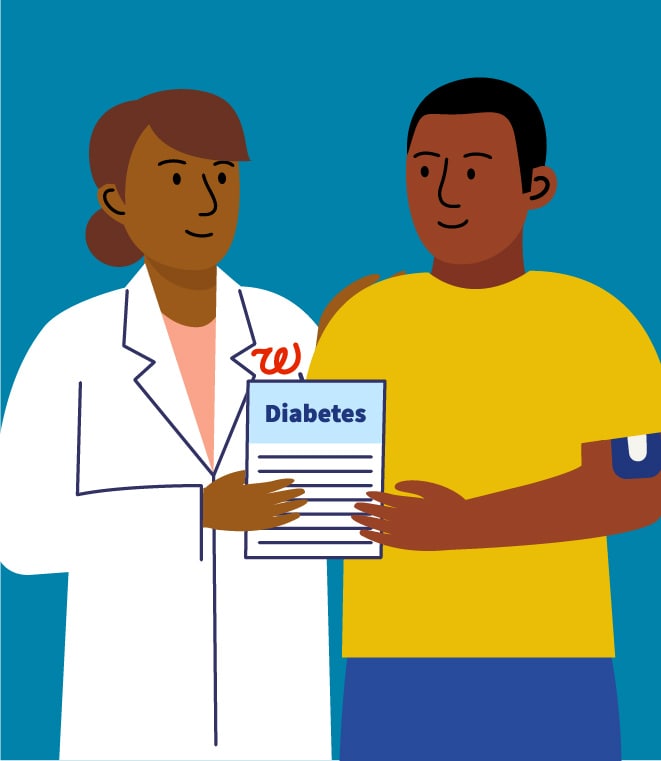Health
7 ways to manage diabetes when you have the flu
By Loren M. Blinde, PhD Dec 12, 2022 • 2 min
People who have diabetes aren’t more likely to get the flu, but they are at higher risk of getting really sick with the flu or developing flu-related complications like pneumonia or bronchitis. When you’re sick, your body is under stress, which can raise your blood sugar levels and make it harder to keep them in your target range. Diabetes can also make it harder for you to fight off infections.
Here are seven tips to help you manage your diabetes when you have the flu.
- Watch for high blood sugar. When you’re sick, your body may release hormones that raise your blood sugar levels. Check your blood sugar at least every four hours or as directed by your healthcare provider.
- Also, watch for low blood sugar. Often, people who are sick don’t eat as much, or as regularly, as usual. That means low blood sugar can be a concern. Have some simple carbs available in case your blood sugar levels get too low.
- Stay hydrated by drinking plenty of fluids, especially water.
- Have a two-week supply of your regular diabetes medications on hand.
- Talk with your healthcare provider about which over-the-counter medicines are safe for you to take.
- Check for ketones in your urine every four to six hours.
- Stay alert for the signs of diabetic ketoacidosis (DKA). Without the right amount of insulin, you may be at risk of developing DKA, a potentially fatal condition. Signs of DKA include:
Nausea, vomiting or abdominal pain
Thirst, frequent urination or dry mouth
Dry or flushed skin
High blood sugar or high ketone levels
Drowsiness or confusion
Trouble breathing or fruity smell on the breath
Remember, a flu shot can help you avoid getting severely sick from the flu. Schedule your flu vaccine appointment today at Walgreens.com/ScheduleVaccine.
Published December 2022.




